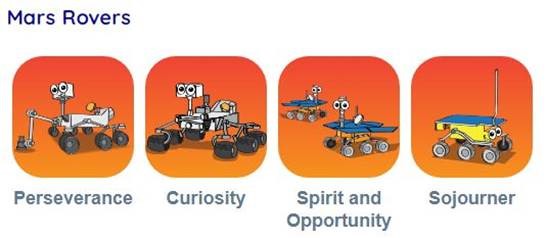Free Courses Sale ends Soon, Get It Now


Free Courses Sale ends Soon, Get It Now



Disclaimer. Copyright infringement not intended.
Context:
Details:
All about Mars:
Structure and Surface:
Time on Mars:
Mars’ Neighbors:
Quick History:

https://pib.gov.in/PressReleasePage.aspx?PRID=1891584
© 2024 iasgyan. All right reserved